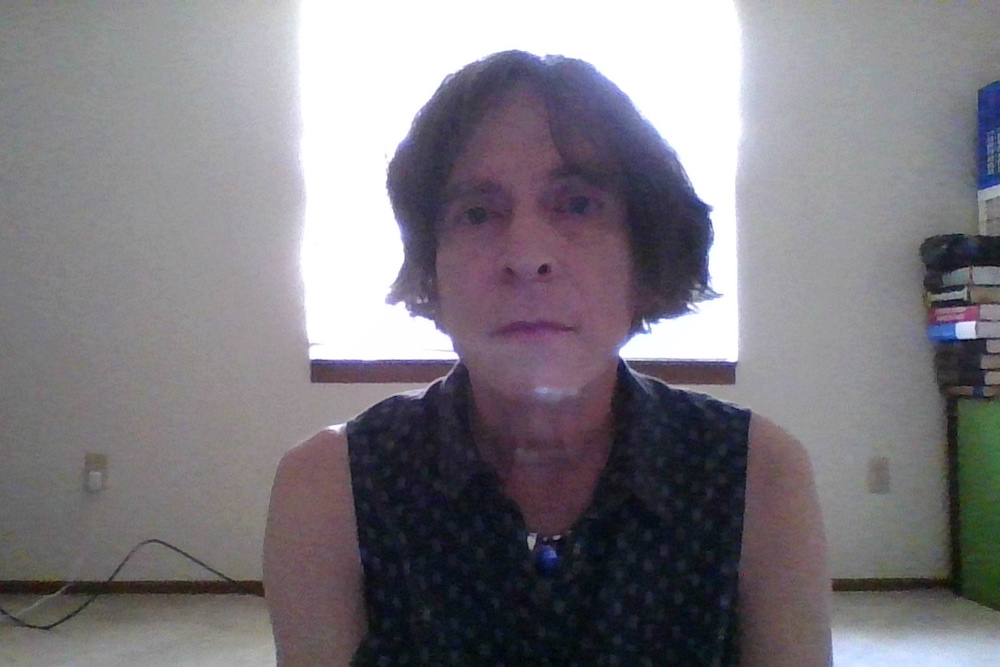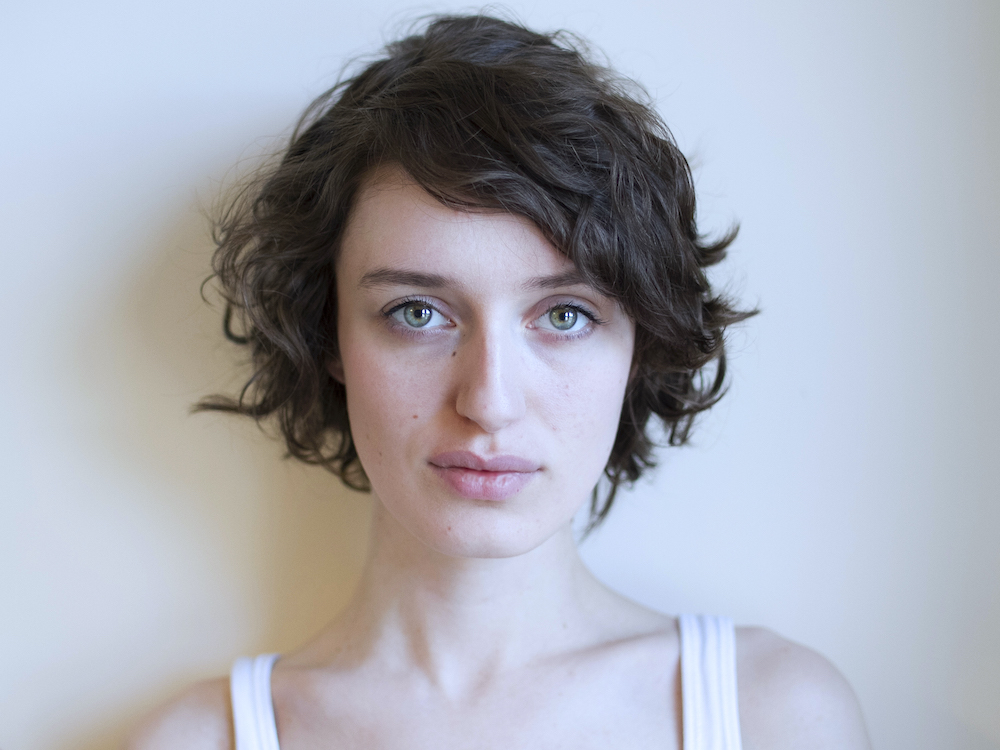The writer and director Emma Seligman is in good company. Like the breakout features of auteurs such as Wes Anderson, Ana Lily Amirpour, and Damien Chazelle, Seligman’s feature-length debut, Shiva Baby, evolved from a short film of the same name. The story centers on the near–college graduate Danielle (Rachel Sennott), who struggles to keep her composure when her ex-girlfriend and her sugar daddy turn up at a family shiva. The title does a lot of work in forecasting the mood of the film, mixing sugar baby, or one who works as a companion for an older client, with shiva, the Jewish tradition of postfunerary mourning. The tension between the two terms manifests in Danielle, literally and figuratively lost between bassinet and casket, no longer a defenseless child but not quite an independent woman, swirling in the awkward overlap of what were previously distinct and separate social circles. The film’s genre matches this duality, with more cringe and quips than most comedies but dizzying visuals and a nervy score fit for horror, straddling the humorous nuance of Gillian Robespierre’s Obvious Child and the familial psychodrama of Trey Edward Shults’s Krisha, both of which also began as shorts. But if you’re not interested in form, then show up for the cast. Polly Draper is a standout as Danielle’s mother, Dianna Agron plays tension incarnate, and Sennott makes good on the promise of her Twitter bio: “sexy in a weird unconventional dreary way.” —Christopher Notarnicola
Gjertrud Schnackenberg’s poem “Strike Into It Unasked,” which appears in the Spring issue, opens with a LaserJet printer and moves into the realms of physics and faith. Similarly, “Venus Velvet No. 2,” one of the six long poems that make up her 2010 collection, Heavenly Questions, begins with a pencil and its “vein of graphite ore preoccupied / In microcrystalline eternity.” But it would be wrong to say Schnackenberg’s work is just an experience of finding the divine in the mundane. Her verse is formally considered and lush, musical prosody rendered in mystical and expansive language. Heavenly Questions is a slim volume to be read with the window thrown open on a bright spring afternoon, an encounter with possibility, the passage of time, and a poignancy that both settles and troubles the mind. —Lauren Kane
In the title story of Garielle Lutz’s new collection Worsted, forthcoming from Short Flight / Long Drive Books, language itself has become deeply suspect. This would not be quite so notable, I suppose, if Lutz weren’t known for her incredible use of English. Lutz’s work is a marvel of the possibilities of language. Each of her sentences is an intricately crafted thing, deeply complex yet crystalline in its clarity; due to the technical nature of her writing, some consider her to be the only untranslatable American writer. “Worsted,” however, is partially a story of language’s failures. As soon as “something gets itself described,” it becomes useless. The letters of the alphabet are “tragedies.” The narrator even points to his own potential to be read incorrectly: “People will naturally want to have misread that adverb,” he says. “No grudge will be held.” But while language has failed the narrator in the opening pages of Worsted, Lutz has once again found stunning success in its possibilities. Even as she writes of a man for whom language is nothing but a tragedy, Lutz’s command of each and every word remains supreme. —Mira Braneck
The experimental filmmaker Ephraim Asili’s debut feature, The Inheritance, is a fascinating exploration of the history of radical Black intellectual thought and art that takes Godard’s La Chinoise as inspiration, remixing and filtering it through the lives of a group of young West Philadelphia activists and artists. The film begins with Julian, who has just inherited a house, along with a collection of books and records, from his grandmother. His girlfriend, Gwen, suggests that he turn the house into a collective. Based on Asili’s own time spent living in a Black liberationist group, what follows is a collage of the daily lives of the collective’s members (staging plays, discussing their backgrounds, occasionally having gently comedic arguments about wearing shoes in the house or playing the trumpet in the bathroom) interwoven with video clips of and readings from the figures with whose work they are interacting (early on, there’s an electrifying clip of Shirley Chisholm at a political rally; later, Sonia Sanchez reads one of her poems). Halfway through the film, Asili includes a series of sobering testimonials from three present-day members of MOVE, the Philadelphia liberation group that was the target of a police bombing in 1985. Like La Chinoise, The Inheritance is visually stunning, with a bright palette of primary colors illuminating its scenes. But while Godard’s film veers into criticism of its radical-chic university students, Asili’s is optimistic in its exploration of the possibility of cultural inheritance. —Rhian Sasseen
It is said that old Shetland fishermen, finding themselves bereft of a nautical almanac, might still guide their way home by the undercurrent that always travels in the direction of land. It is for this current that Roseanne Watt’s unique 2019 debut, Moder Dy—“mother wave”—is named. The collection is written in both English and Shaetlan, the local vernacular of the Shetland Islands. Watt describes Shaetlan as “a form of Scots shaped by sea roads” and “a fraught coalition between English, Lowland Scots, and old Norse.” That tension manifests in the poems themselves, and there is an uneasy reconciliation of different elements of home, of linguistic inheritance, and of time and generations. In the introduction, Watt recounts how her languages bifurcated around the time she started school, how the moment of realization came when she was on the phone with her grandmother: “And with this, a choice seemed to present itself: which one?” Moder Dy would suggest that Watt has rejected that binary and instead choreographed the two languages to more accurately reflect her own contemporary experience. But while time and tradition relent for Watt, they perhaps do not for others. From an elder we hear “de saat dat coorses trowe / dy veins is de lifeblöd / o an aulder converseeshun” (in one of Watt’s “uneasy translations,” that is rendered as “the salt that courses / through your veins is the lifeblood / of an older conversation”). It’s an incredible work of poetics, social history, and translation, and it all seems to be happening before our eyes. —Robin Jones
from The Paris Review https://ift.tt/2QDCSeF



Comments
Post a Comment